May 22, 2025 | 00:29 GMT +7
May 22, 2025 | 00:29 GMT +7
Hotline: 0913.378.918
May 22, 2025 | 00:29 GMT +7
Hotline: 0913.378.918

Egypt generates around 65 million tonnes of potentially useful waste per year. Photo: Canva.
Egypt imports around 90% of feedstuff, primarily corn and soybeans, to meet the demand in the domestic feed market. But, Dr Mohsen Shukry, Rapporteur of the Animal Resources Research Council at the Academy of Scientific Research and Technology, recently spoke at an industry event where he said that the country could possibly tap into the 65 million tonnes of potentially useful waste per year to fill the gap.
This waste includes 50 million tonnes of various agricultural waste and around 15 million tonnes of food factory waste. A part of this quantity, he said, could be processed for further use in feeding livestock, poultry, and fish.
Among other things, Egyptian processors consider various options to maximise the potential of fruit and vegetable recycling, Dr Mohamed El Shafei, a member of the Board of Directors of the Chamber of Food Industries, stated during the event. The measure could also lower the need for imported feedstuff, he assumed.
A plan to collect fruits and vegetables from retailers for further processing into animal feed is included in the national economy development plan Egypt’s Vision 2030. However, no real efforts have been made to set the processing capacities.
At the end of 2024, the Egyptian government shared plans to simplify the registration process for new feed products, potentially paving the way for new feedstuff to the feed mills.
Since the beginning of 2025, local feed industry officials have expressed fears over the rise in feed prices this year owing to drought in Brazil, one of the largest suppliers to the country.
In addition to recycling food waste, the local authorities pin their hopes on reviving soybean production to deal with the crisis. In Egypt, soybean cultivation has steadily declined over the past 4 decades, from 62,000 hectares in 1983 to just 14,000 hectares in 2021.
However, according to an Agricultural Ministry forecast, the area under soybean production should steadily grow, reaching 500,000 acres in the next few years. Authorities also expect some improvements in the average yields of soybeans in the country.
(Poultryworld)
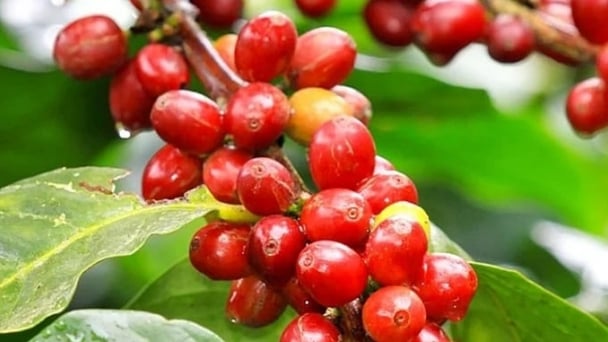
(VAN) Coffee prices on May 21, 2025, dropped sharply by VND 1,000, trading at VND 125,000 – 125,700/kg. Global coffee prices also reversed and declined.
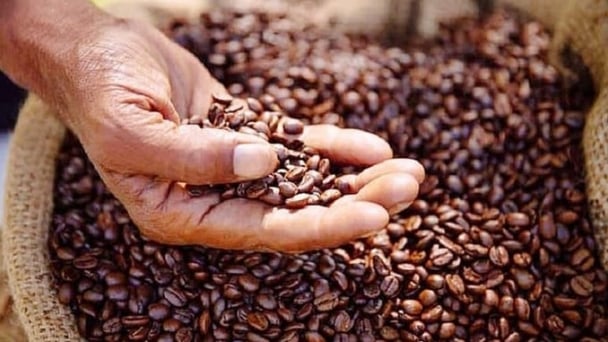
(VAN) Coffee prices on May 20, 2025, surged by VND 2,200, climbing to VND 126,000 – 126,700/kg. Meanwhile, global coffee prices also recorded a sharp increase.
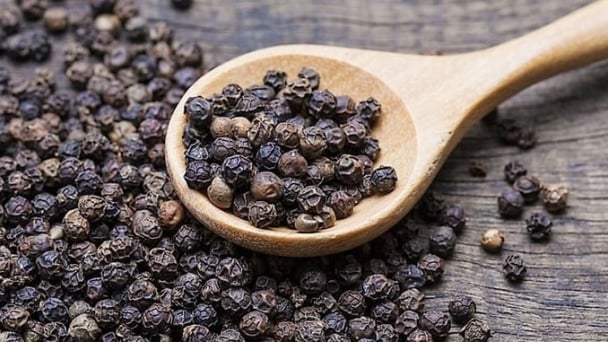
(VAN) Pepper prices on May 20, 2025, dropped by VND 1,000 only in Gia Lai, trading at VND 150,000 – 153,000/kg. Global pepper prices remained unchanged.
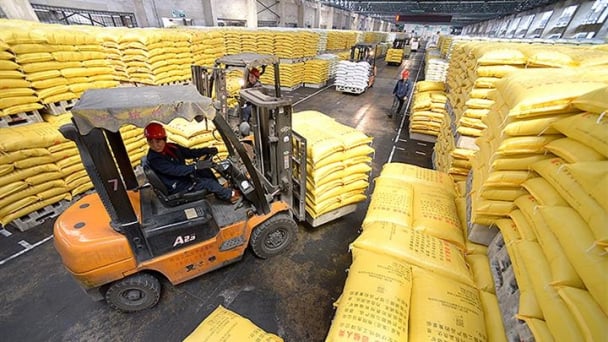
(VAN) Analysts are watching moves out of Asia, particularly with fertilizer.

(VAN) Rubber prices on May 20, 2025, show mixed movements on the global market. Domestic latex prices remain stable, trading around VND 397 – 462/TSC.
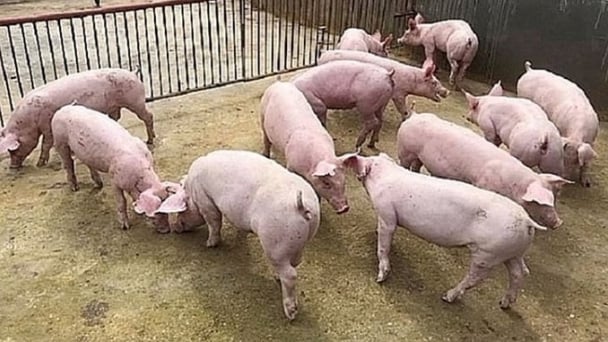
(VAN) Live pig prices on May 20, 2025, fell by 1,000 VND in Binh Dinh and Khanh Hoa. Live pig prices across the 3 regions are trading at 67,000 – 75,000 VND/kg.
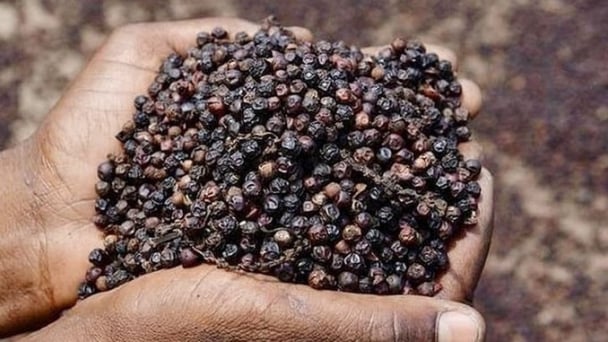
(VAN) Pepper prices on May 16, 2025, fluctuated by VND 500–1,000 domestically, trading at VND 151,000 – 152,000/kg. Global pepper prices remained stable.